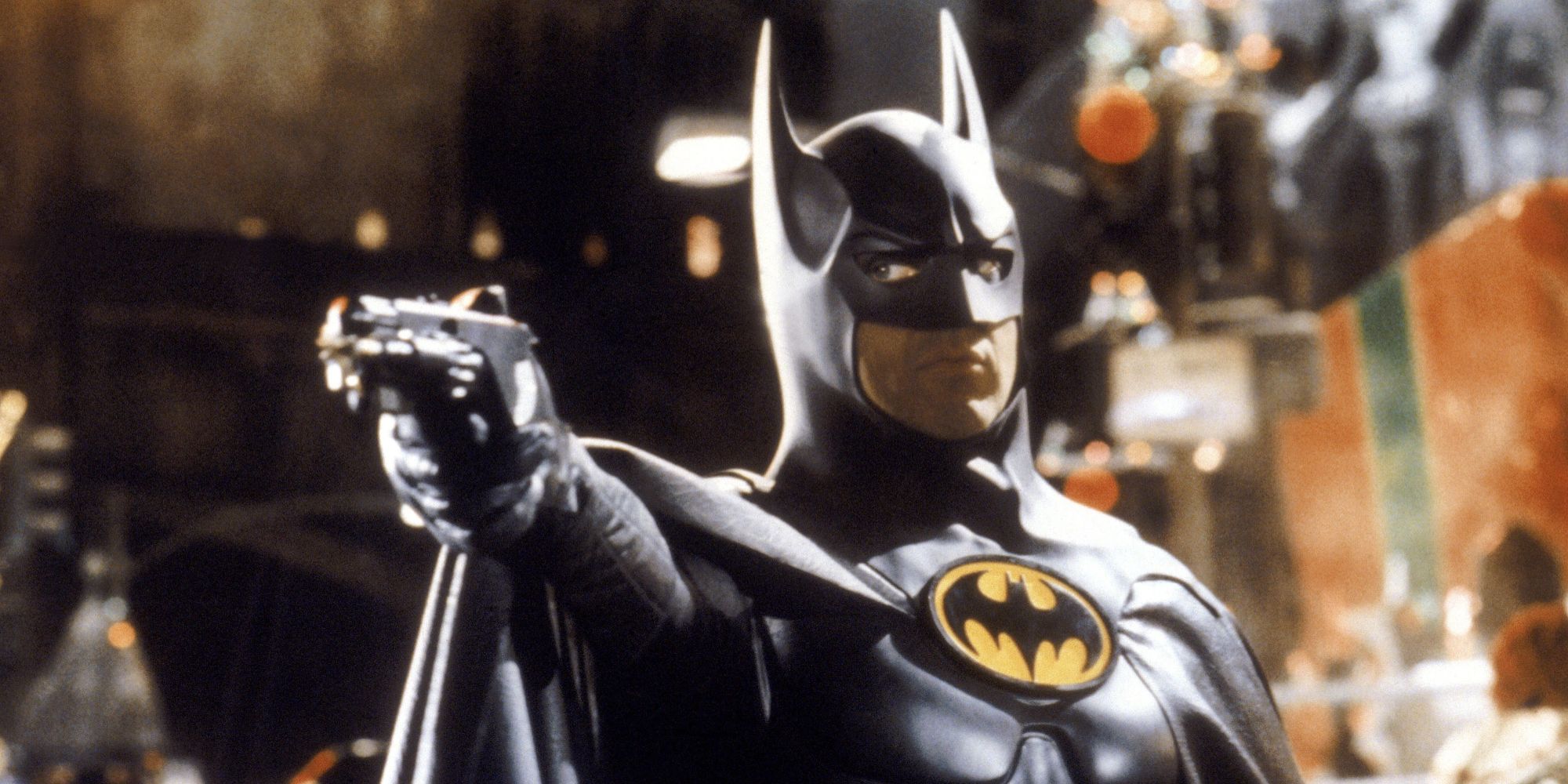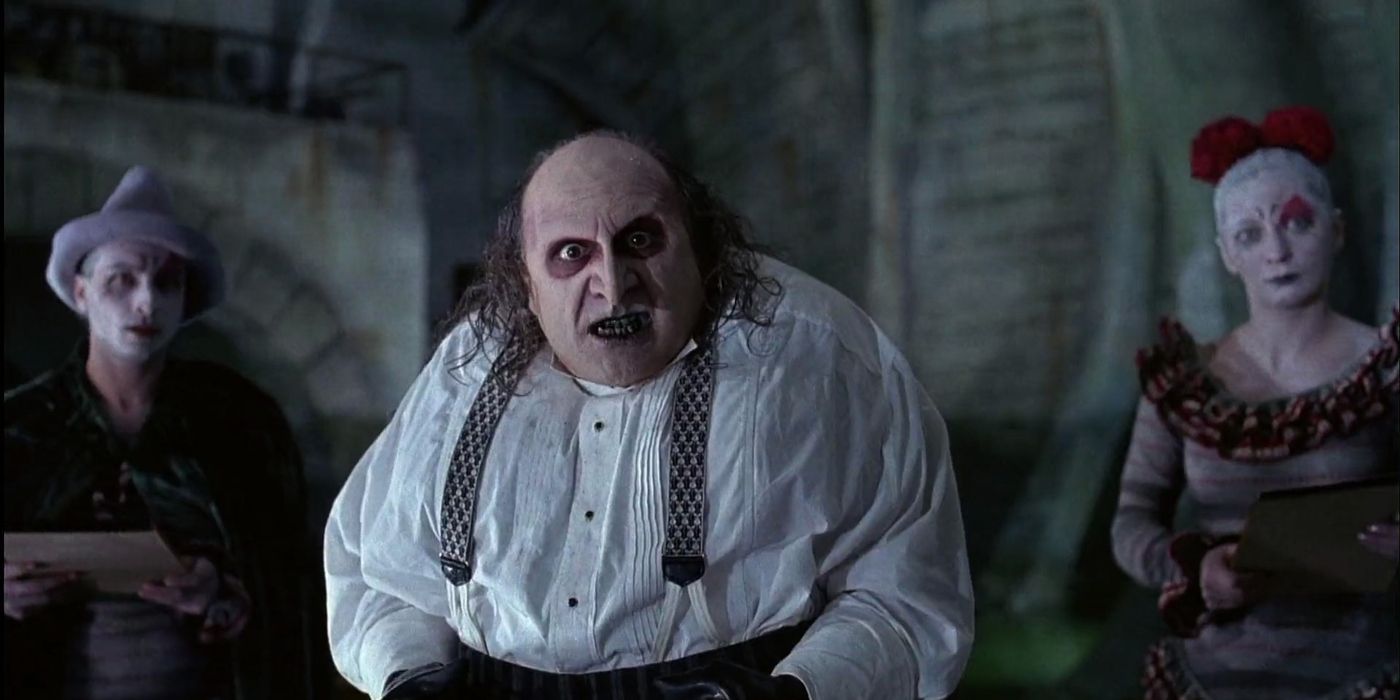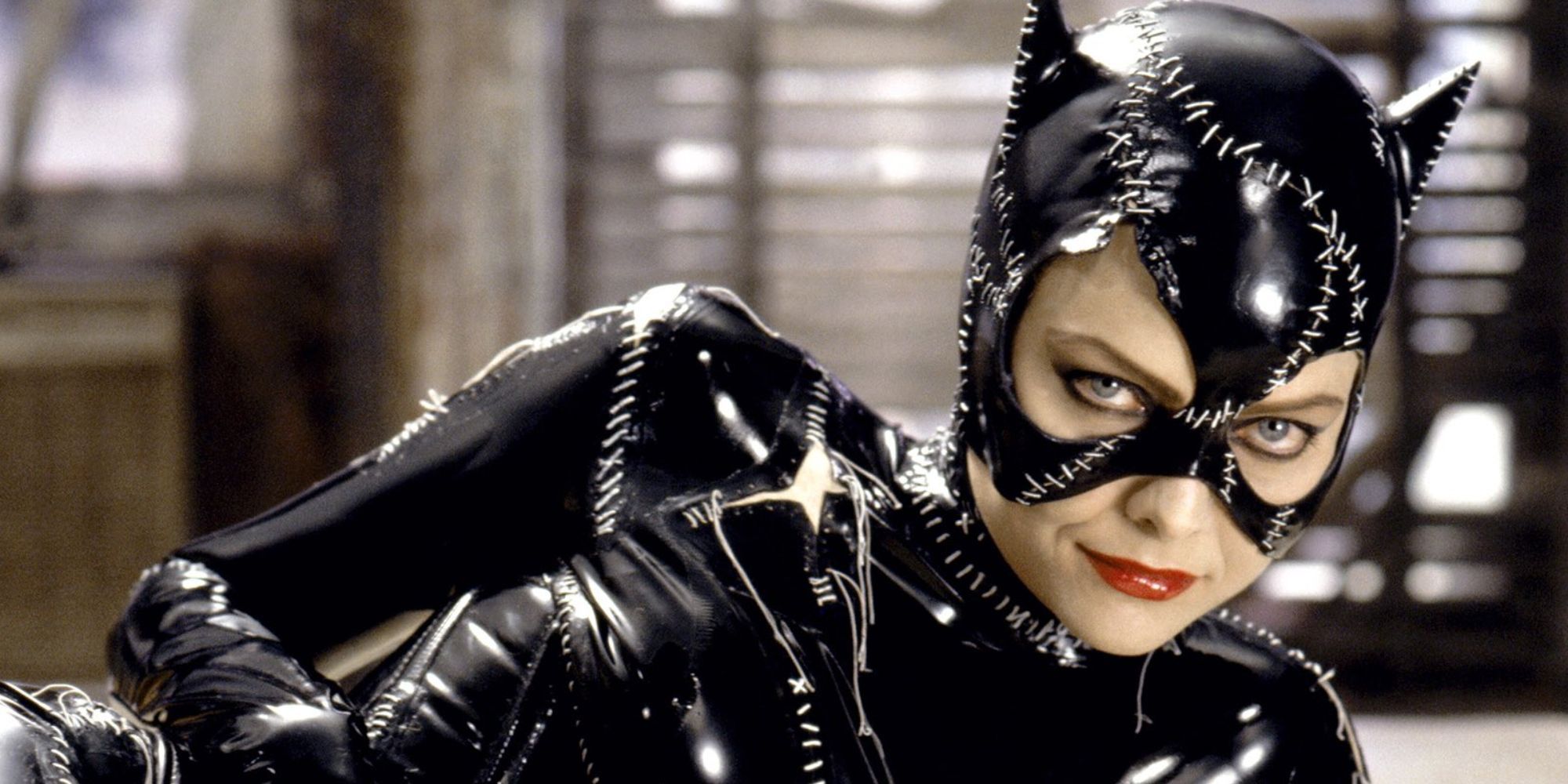The Big Picture
- Batman Returns is not the standard by which film adaptations of the Dark Knight are measured, but it reflects art and personal interpretation.
- Tim Burton's style, often described as "Burtonesque," is more than just desaturated colors and dark themes.
- Burton and screenwriter Daniel Waters bonded over their love of Federico Fellini, and their films share a similar personal and fantastical approach.
Batman Returns is not the standard by which film adaptations of The Dark Knight are measured. Even the movie’s biggest fans — and I’m one of them — should be willing to admit that. It’s too idiosyncratic and personal an interpretation to reflect the party line on Batman from the 1990s, let alone today. Not that Tim Burton or screenwriter Daniel Waters have ever claimed otherwise. Batman Returns isn’t nearly as distant or contemptuous of the comics as some have claimed — it even reflects quite a bit from them — but it was by accident, not design. “We were really just about the art,” said Waters when recalling his talks with Burton on the script. And those talks about “the art” included detours into the oeuvre of Federico Fellini.
Italian neorealists turned fantasists aren’t what most people think of when they think of Burton and his influences. His own style is so recognizable that “Burtonesque” has become a descriptive term, just like “Felliniesque” or “Spielbergian.” It’s a style many are quick in summarizing. To be Burtonesque, according to some, is to have desaturated colors, lots of black, pinstripes, spirals, Johnny Depp, Danny Elfman, and introverted societal outcasts with a sun allergy. The debt to horror movies and Charles Addams is plain to see in this assessment, and about all there is to see. It’s a take that has inspired parody and ridicule.
Tim Burton Has Acknowledged the Influence Federico Fellini and Other Directors Had on Him
Even Burton’s biggest fans — and again, I’m one of them — could admit that some of his films tick all those boxes in a rather perfunctory way. It’s a little disheartening to me to see him helm a reworking of The Addams Family when that’s such a predictable subject matter for him. But you can’t reduce any artist’s work to an adjective without leaving out a lot of nuances. There’s a lot more to Burton than pinstripes and pale skin. He can work with color, as any rewatch of Beetlejuice, Mars Attacks!, or Big Fish could show you. Those same movies prove his range isn’t limited to the emotionally depressed, too. And the influences he’s drawn from come from a larger selection than old horror movies. Leaving out non-film sources of inspiration, he’s acknowledged nods to Ray Harryhausen, Stanley Kubrick, Mario Bava, Karel Zeman — and Fellini.
Of course, Fellini’s suffered his own reduction into a term that obfuscates the finer points of his work. “Anything vaguely fantastical, dream-like, mysterious or even simply non-realist” is how the British Film Institute summed his style up. This treatment by some fans and critics, and a genuine tendency toward the fantastic, give Fellini and Burton two things in common. Regularly collaborating with key cast and crew members is a third. It’s one of the things Burton has expressed admiration for in Fellini’s work. “You see the weird joy of the weird filmmaking family and the abstract craziness that goes along with it, and there’s something about it that’s quite beautiful,” he told Slant. And, while their obsessions and recurring motifs may be different, both filmmakers inject their projects with personal concerns.
If the criteria aren’t limited to color palette or curly Qs, and these attitudes toward the filmmaking process are considered, it’s not too hard to find traces of Fellini in Burton’s films. But as far as expressing more influence, Batman Returns may be Exhibit A. For one thing, Burton and Waters bonded over their love of Fellini. Their attitude towards his work differed slightly, according to Waters. “One of the keys to Tim’s character,” he told Money into Light, “is that if he likes a director, he doesn’t have a favorite of their films. He just loves the worlds they create, and the feel of their movies. Which film has the best characterization or plot or most meaning is something he isn’t interested in.”
Fellini and Burton Share Similar Interests... Like Clowns
On the subject of worlds and feelings — let’s talk about soundstages. Nothing in Batman Returns is set on a soundstage, but everything was built in either the stages or the backlot of Warner Bros. This is despite a good chunk of the movie taking place outside, either on the streets of Gotham City or the abandoned Gotham Zoo. But Burton’s approach to Gotham — his approach to production design in general, really — was to have it reflect the personalities of the characters. To achieve that with an appropriate degree of control over the environment, especially in the proto-digital age, meant going inside the studio rather than shooting on location in any real city. The control offered to the director by soundstage shooting was why Fellini preferred to work there, increasingly so as his career went on. The stage-bound nature of his sets is often evident, as it is in Batman Returns, but that’s part of the visual appeal.
Next are the clowns. Clowns and circuses pop up all over Tim Burton’s movies, as they do in Fellini’s. The Red Triangle Gang of Batman Returns were originally meant to be a collection of avant-garde performance artists, to hear Dan Waters tell it. But Burton requested that they be made into a circus, and the Red Triangle Circus play the largest role such an act has had in a Burton film (at least until the Dumbo remake, which I refuse to see). They’re the Penguin’s (Danny DeVito) caretakers after they pick him up from the penguins at the abandoned Gotham Zoo, and later his minions. The film implies he may have led them astray while growing up in their freak show, but they remain far more committed to being a circus act even in the criminal life than even the Joker. As the Red Triangle Gang, they retain the costumes, the trained animals, the acrobatics, and the slow-moving multicolored train that roams the streets of Gotham City collecting firstborn sons on the Penguin’s behalf.
‘Batman Returns’ Is More Inspired by Fellini Than Batman, but That Was the Point
None of that makes sense in a gritty crime drama context, to some comic fans’ consternation — but Batman Returns was never supposed to be a gritty crime drama. Or an action film. Batman Returns is an Expressionist take on the material, focused on three animal people struggling with their emotional baggage while Christopher Walken makes mischief for them all. Each of the villains mirrors a different aspect of Batman’s personality, Bruce Wayne’s (Michael Keaton) attempt to reconcile three pieces of his psyche. Helping the dreamlike impression are the stage-bound exteriors, the circus clown criminal organization, the ambiguous nature of Catwoman’s (Michelle Pfeiffer) nine lives, and the admittedly thin and unfocused plot that ends on an ambiguous note.
That character and atmosphere come before narrative in Batman Returns is something that Waters and Burton have both acknowledged. After Beetlejuice, it may be Burton’s most scattershot movie in terms of plot. But a loose story that leaves a lot to interpretation is another trait of Fellini’s — to provide material his audience can then do with what they like. Burton expressed similar sentiments and even cited Fellini’s example when he discussed criticism of Batman Returns with biographer Mark Salisbury back in the 1990s in Burton on Burton. “Do Fellini movies have a strong narrative drive?” he asked rhetorically. “I love movies where I make up my own idea about them…why not have your own opinions, have different levels of things you can find if you want them, however deeply you want to go.”




